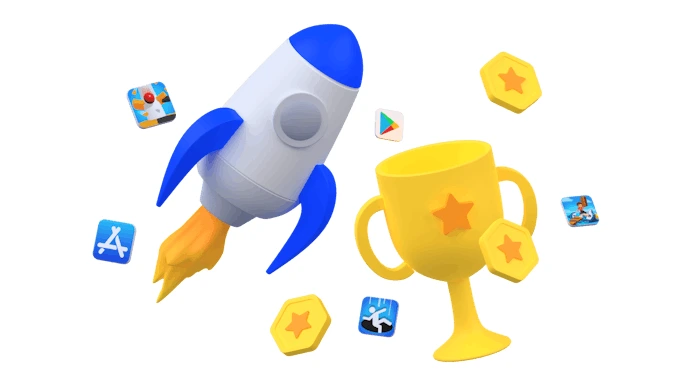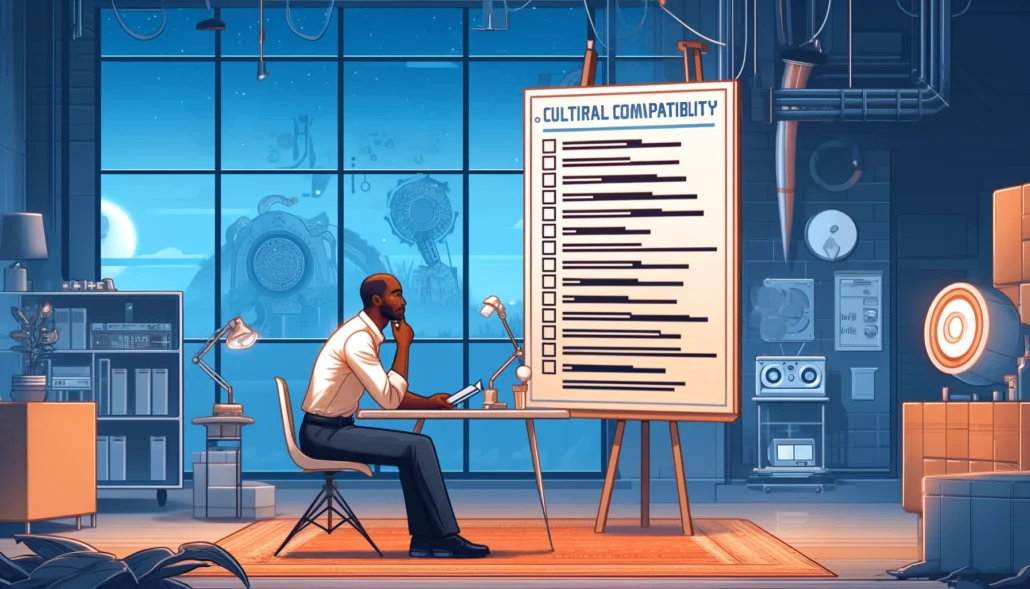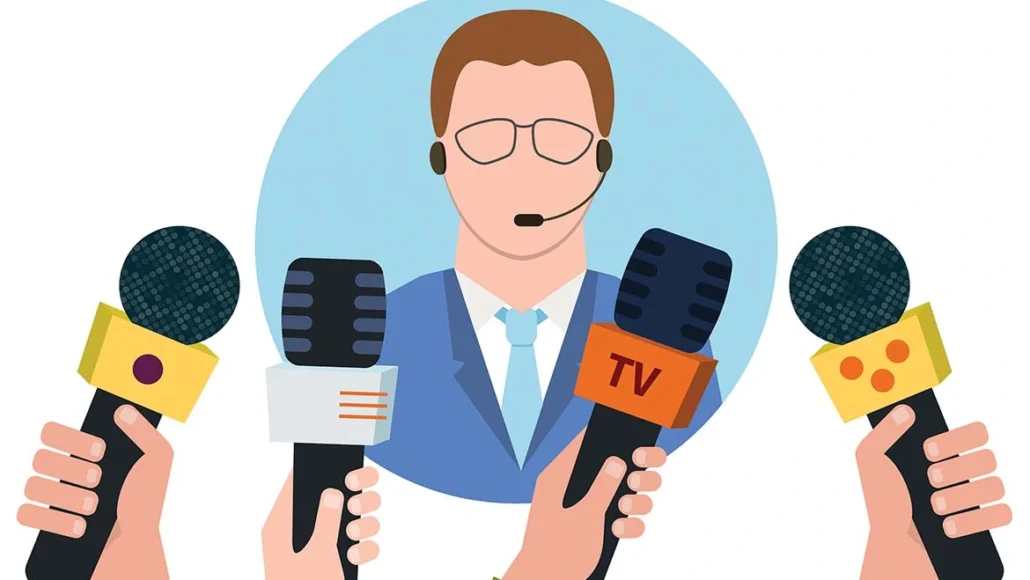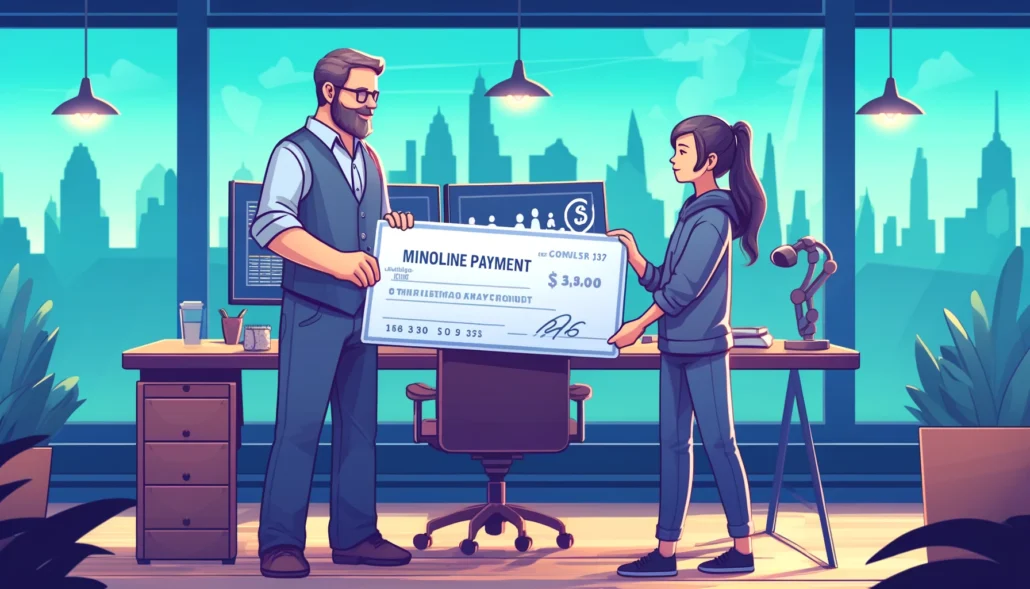Publishing casual mobile games involves several key steps to ensure success. As an independent mobile game developer, you’ve no doubt poured your heart and soul into your creative vision. You’ve put in countless hours meticulously crafting immersive gameplay, eye-catching art, and deep progression systems.
But what about all the other critically important aspects of launching a successful mobile game? User acquisition, live operations, platform relations, monetization optimization, business intelligence, customer support, and more? That’s where mobile game publishers enter the picture.
The right publishing partner can help transform your brilliant game concept into a smash hit by providing unparalleled expertise, resources, and services across the entire development and marketing lifecycle. But how do you find that ideal partner for your mobile casual game?
Note that this guide is tailored for publishing mobile casual mobile games specifically, and the needs of other genres and sectors of the game industry overlap, but could be quite different.


Need Game Art Services?
Visit our Game Art Service page to see how we can help bring your ideas to life!
When to Seek a Publishing Deal
The optimal timing to engage publishers depends on where you are in your development journey. There are a few key milestones when it makes sense:
After Building a Vertical Slice/Prototype
If you have a polished vertical slice or playable prototype that demonstrates your core gameplay loop and overall creative vision, that may be an opportune time to court publishers. Many are willing to evaluate concepts at this early stage before you’ve invested significant resources into full production.
They’ll want to see passion, innovation, and a commitment to delivering an engaging experience. But they’ll also scrutinize the commercial viability and monetization potential. Does your concept fill a market gap? Does it have unique hooks that will help attract and retain users? Be prepared to pitch your monetization philosophy and revenue model.
After Building a Vertical Slice/Prototype
If you’ve already built out a minimum viable product with just enough features for people to download and play, you likely have some initial metrics and data to share around retention, engagement, monetization, and other early KPIs. This helps make your opportunity tangible for publishers by reducing risk.
You may have done some soft launches to collect these stats from real users. If you have encouraging numbers like a 25%+ D7 retention rate and healthy ARPDAU (average revenue per daily active user), it’s an ideal time to leverage that data into publishing meetings. The right analytics can significantly increase your negotiating leverage.
Post-Launch for Live Games
Maybe you’ve already launched your mobile casual game and achieved some level of success. In that case, doubling down by partnering with a publisher can help further accelerate momentum and growth. They’ll analyze your existing KPIs like DAU, retention curves, ARPDAU, engagement events, and more to evaluate your game’s long-term potential and what it may take to 5x or 10x the audience.
But be cautious here – don’t simply hand over the keys if your game is already doing well solo. Make sure the publisher can tangibly move the needle on key performance metrics and bring the expertise you are lacking. No sense in sacrificing a huge share of revenues if the partnership won’t be accretive.
No matter the stage, the goal is to demonstrate a clear commercial upside that makes economic sense for the investment of time and resources required from the publisher. So how do you identify which publishers to actually approach?
Understanding the Publisher Landscape

The mobile games publishing landscape is quite vast and varied. You have large, deep-pocketed players like Voodoo, Vungle, Tilting Point, IronSource, and AppLovin. These are heavy hitters who operate at massive global scales across countless genres. Landing a deal with one is akin to a major label record contract.
On the flip side, you have smaller “indie” publishers like Noodlecake, Superplanet, Boomzap, Raptor Valley Games, and others who tend to work with smaller teams and titles. While they may lack the unlimited bankrolls and resources of the larger whales, they often provide higher rev-share economics and more autonomy for developers.
And of course, there are mid-tier publishers of all different scales and focus areas scattered across the spectrum. Montreal’s Knockout City Publishing is known for hypercasual titles. Tokyo’s G8 Wave specializes in bringing Japanese games westward. First Press Games in Boston leans into narrative adventures and premium indie titles.
There’s no one-size-fits-all publisher. The right partner for a hardcore RPG may be completely wrong for a hypercasual arcade game. Do your research into each publisher’s specific areas of genre specialization, art styles, platforms, regional strengths, monetization models, and more.
I know, I know – that’s A LOT of diligence and homework, right? But here’s why it’s absolutely critical:
Evaluating Cultural Compatibility

Beyond all the technical capabilities and business terms, perhaps the most vital consideration is the overall cultural fit and alignment between your team and the publishers. You may well be partnering together for years, so ensuring your values, communication styles, creative visions, and ways of working are fundamentally compatible is paramount.
Think about it – would you want to be financially chained to a partner who consistently clashes with you on priorities and processes? Who doesn’t respect your creative autonomy and input? An inherently misaligned culture dynamic is a fast track to mutual frustration and mistrust snowballing over time.
Make sure to invest as much vetting into the people, processes, and overall vibe as you do the hard business terms during partnership conversations. In many ways, the people you’ll be working with day-to-day matter just as much as the marketing might and resources behind the company name.
Red Flags When Evaluating Publishers
Speaking of vetting partners, there are a few universal red flags that should give you serious pause when engaging publishing prospects. Watch out for:
- Dismissive or arrogant attitudes
A partner should approach things collaboratively, listening to your perspectives with openness and respect – not acting like they have all the answers simply due to resources.
- Lack of transparency or dodging specifics
Vagueness around go-to-market specifics, KPI commitments, deal terms, marketing commitments, etc. is concerning. You deserve clarity.
- Making unrealistic promises or guarantees
Any publisher pledging things like “#1 game” or “million download launch” is either dishonest or delusional. Setting appropriate expectations is key.
- Outright ownership grabs or draconic terms
Unless you’re Square Enix, steer clear of any deals that try wresting away full IP ownership or locking you into highly restrictive long-term commitments. Fair deals are partnerships, not indentures.
If your Spidey senses start tingling thanks to any such red flags, close that door and keep looking. An enthusiastic partner who respects your vision and priorities (while balancing business realities) is worth holding out for.
Creating Your Pitch and Building Leverage

Once you’ve identified prospective partners aligned with your stage, genre, and culture, it’s time to craft a killer pitch and build negotiation leverage. Here are some tips:
Craft an Awesome Game/Pitch Deck
Whether a slide presentation, interactive web experience, gameplay trailer, or a combo of media – create a clear, powerful package spotlighting your core game value proposition, key hooks, unique creative aspects, audience targets, content roadmap, business model, and projections. This is your “big meeting” chance to make an outstanding first impression. A memorable, thoughtful pitch here can spark intense FOMO (fear of missing out) with publishers eager to acquire promising IPs.
Leverage What Data You Have
If you have prototype metrics, soft launch stats, a live title’s KPIs, or any other nuggets of data showcasing traction and potential – make sure to include them! Hard numbers evidencing retention, engagement, monetization upside, etc. make your opportunity more tangible and de-risked for partners.
Scout the Publisher's Portfolio
Are there any titles in the publisher’s lineup that seem comparable to your game, whether in terms of genre, mechanics, art style, audience, business model, or other facets? Identify clear parallels and be prepared to discuss how you’re distinctly positioned to expand their market share and capabilities in that category.
Get Some Press/Hype

While not absolutely crucial, having at least some preliminary hype signal in the form of enthusiastic beta community feedback, press coverage, influencer support, etc. can amp up the fear of missing out and your leverage in negotiations.
Line Up a Few Suitors
Finally, don’t fall into the trap of only having one potential publishing partner sniffing around. Line up multiple candidates sussed as a match for you – that way you retain optionality and can potentially fuel a (friendly) bidding competition raising the stakes. At the end of the day, you want partners to approach things with genuine excitement and an eagerness to collaborate in a spirit of mutual success. Having a magnetic pitch AND some leverage in the mix is the optimal recipe.
Navigate the Negotiation: Deal Terms to Watch Out For
Should you successfully make it to the terms discussion phase with publishers, be ready to roll up your sleeves and meticulously negotiate the following key deal point buckets:
Revenue Share/Royalty Splits
Arguably the biggest point of negotiation will be revenue share economics. How much of the game’s earnings do you keep versus how much goes to the publisher? This directly impacts your team’s earning potential. Industry standards can range anywhere from 70/30 or 75/25 publisher/developer splits on the low end, up to 50/50 or even 60/40 in the developer’s favor for stronger pitches and bigger hits. The more leverage and traction you have, the higher share you can command.
Minimum Guarantee/Milestone Payments

Some publishers offer upfront milestone payments or minimum guarantees recoupable from future revenues. For example, a $100K minimum guarantee is paid upon launch in exchange for a higher revenue share going to the publisher until that $100K is covered by their split of earnings.
These payments can help cover development costs but commit you to that partner longer-term. Understand exactly how they accrue and when they must be repaid.
Marketing Commitments & User Acquisition Budget
A major factor in picking a publisher is their firepower and expertise in marketing/user acquisition. Nail down clear expectations around marketing spend commitment across key channels like ad platforms, social, ASO, influencers, etc. Typically publishers prefer flexibility over fixed commitments.
These payments can help cover development costs but commit you to that partner longer-term. Understand exactly how they accrue and when they must be repaid.
Ownership & Sequels
Hopefully, it’s a big success, in which case you’ll want to reserve ownership of sequels and have a clear methodology for greenlighting and executing them. Some publishers aim to own the full IP, others are open to different models like episodic payments to the original dev team.
Operations Support & Dev Resources
Beyond marketing, clearly delineate what operational services and resources the publisher is on the hook for – everything from live ops to monetization, QA, customer support, data/analytics, community management, platform relations, and more. Spell it out.
Renewal/Termination Clauses
No partnership lasts forever. Well-defined, multi-year termination notification windows and disentanglement terms covering both planned exits and “kill” scenarios are critical to protecting your interests long-term.
There are plenty of other niggling details to iron out like royalty payments schedules, financial reporting requirements, sunset clauses, and more. But those are some of the highest priorities.
The overall goal is landing a partner relationship that is mutually incentivized for success without subjugating your creative vision and financial upside. It’s a delicate balancing act, for sure.
Closing Thoughts
Finding that ideal publishing counterpart to fuel your mobile game’s success is part science, part art. It requires deep diligence to identify compatible partners aligned with your game’s genre and vision. It takes careful evaluation of cultural fit alongside tangible resources and expertise.
You must also be willing to put in the effort to create an utterly compelling pitch showcasing your creative brilliance and commercial prospects. And ideally, you accrue some leverage and interest from multiple suitors to maximize deal terms.
Ultimately, this is about finding true strategic partners who can augment your strengths with their own in a spirit of mutual incentive alignment and respect. It may seem daunting, but putting in the work to navigate this landscape greatly increases your odds of massive success on the other side.
So craft that award-worthy pitch, line up those meetings, and get ready to negotiate a game-changing deal for your masterpiece. The world’s next smash hit mobile game is waiting for its big publishing break. Why shouldn’t it be yours?









